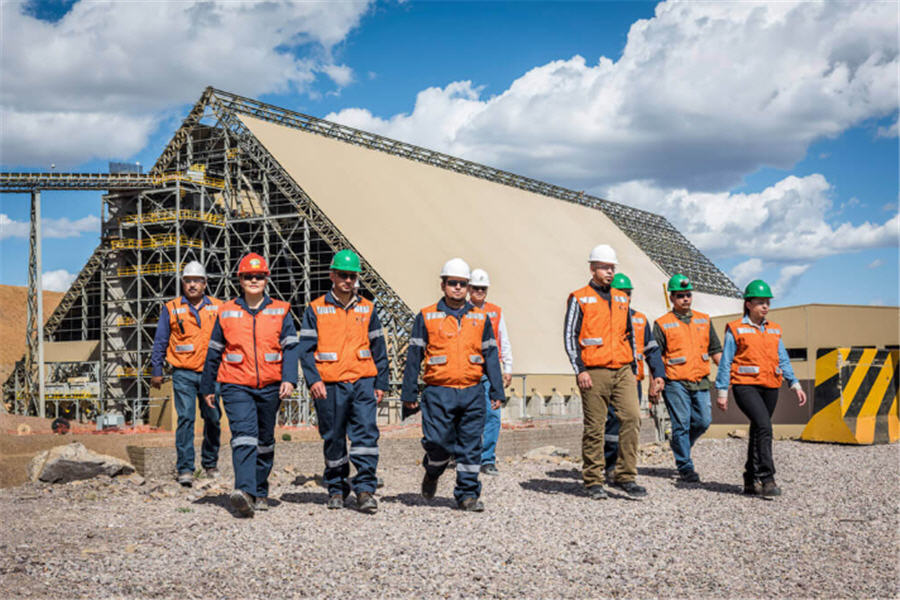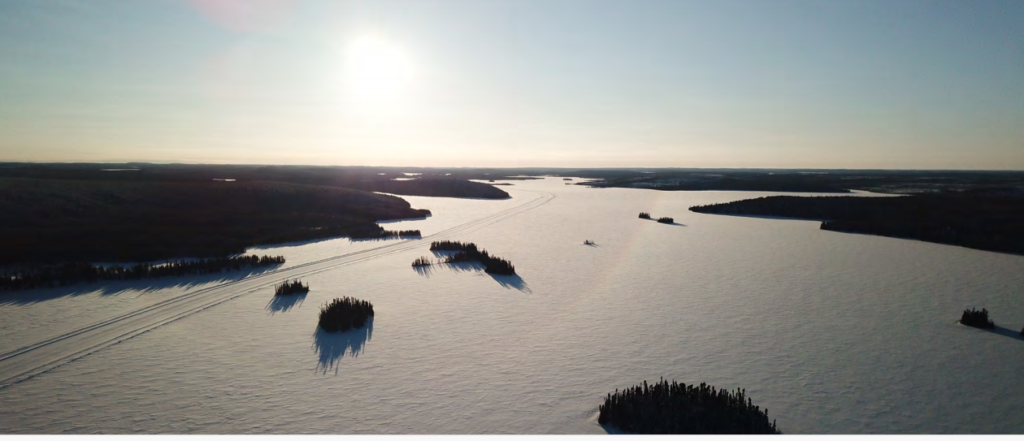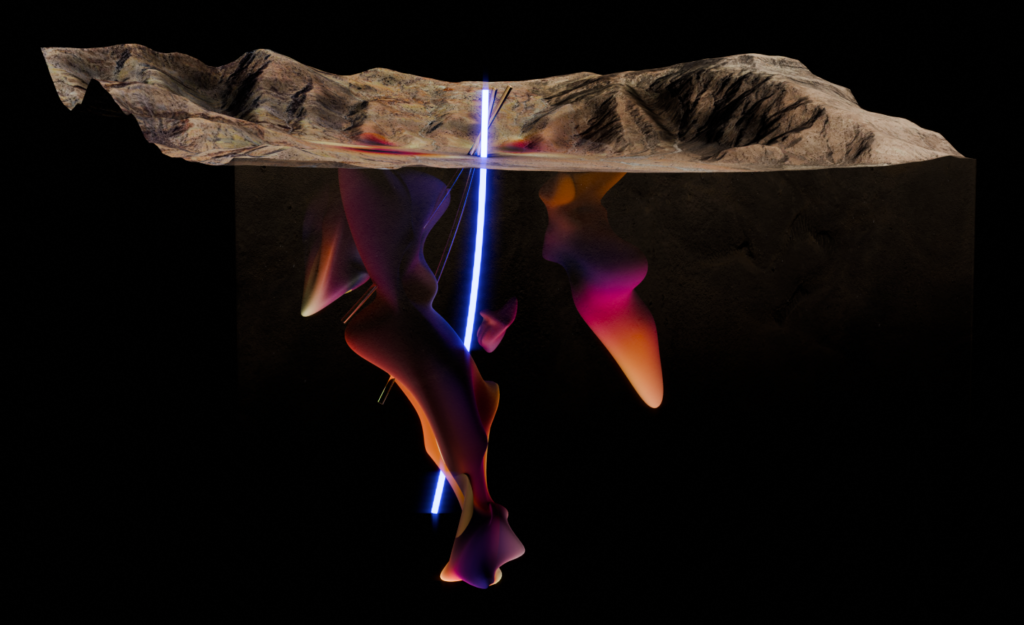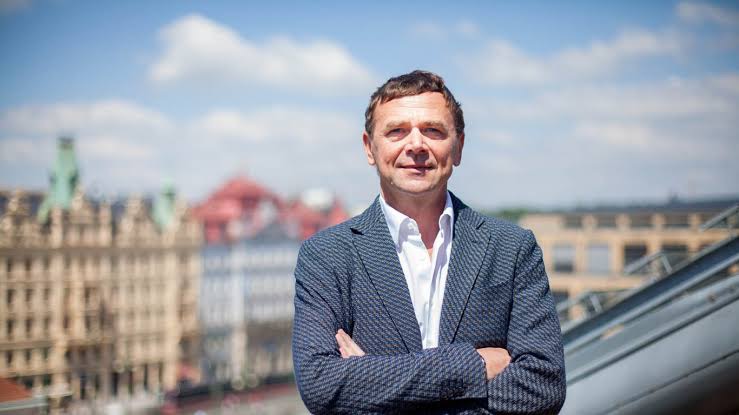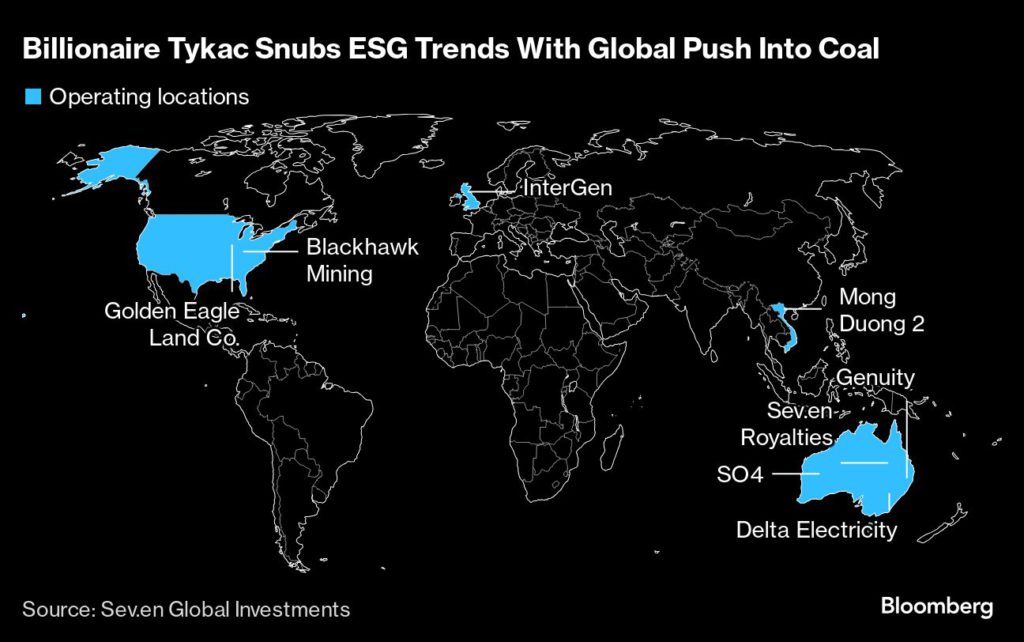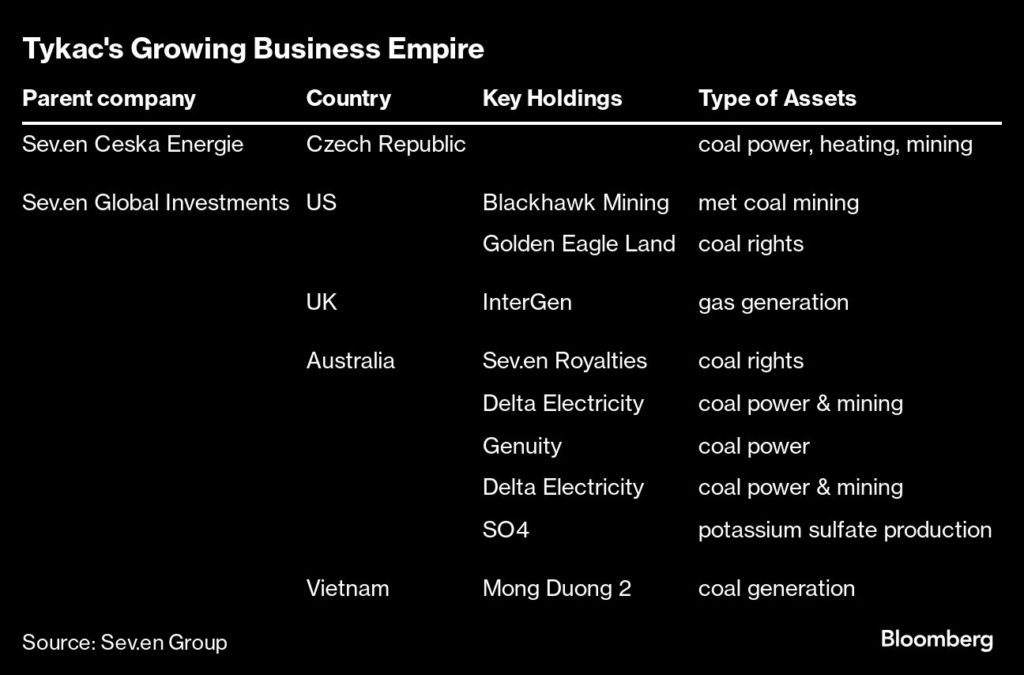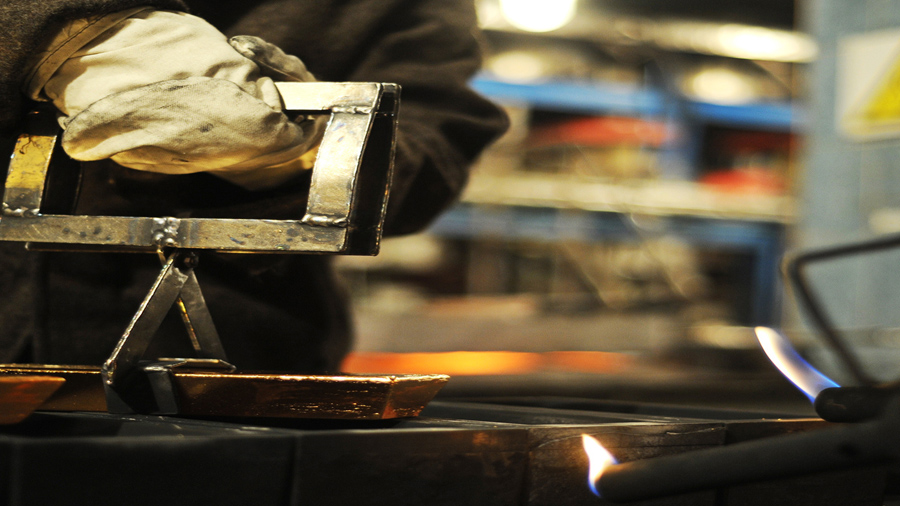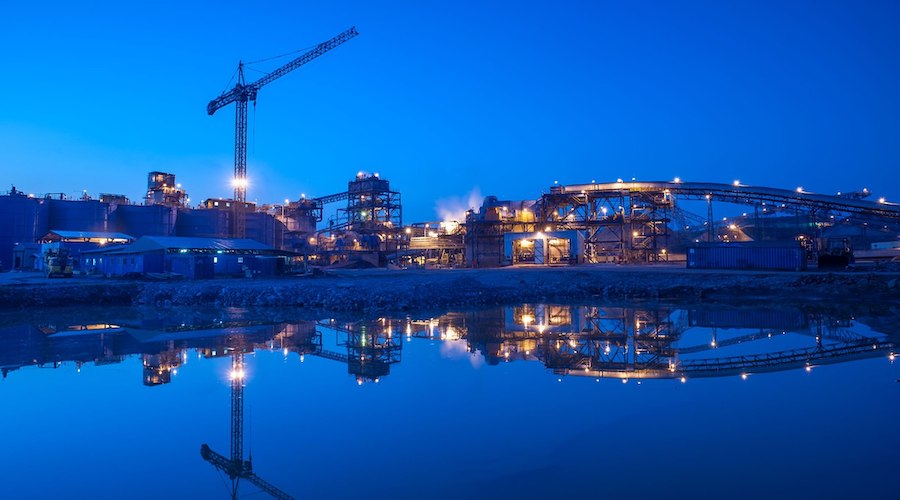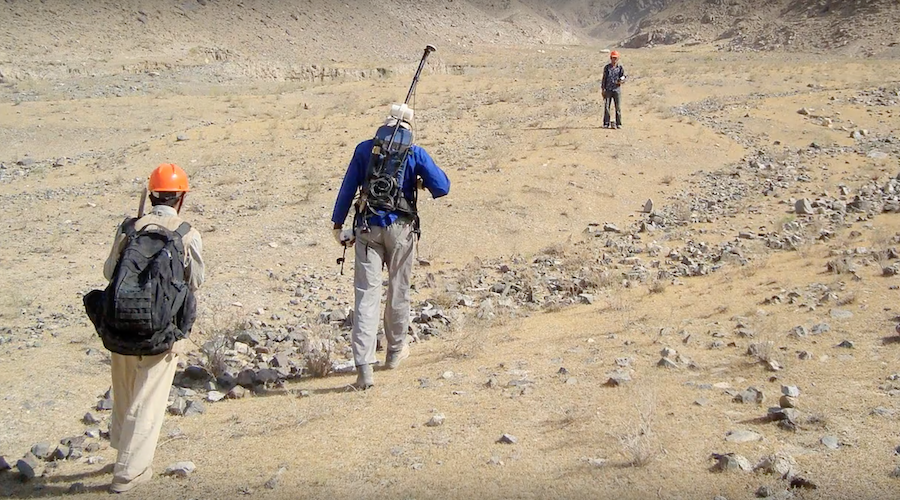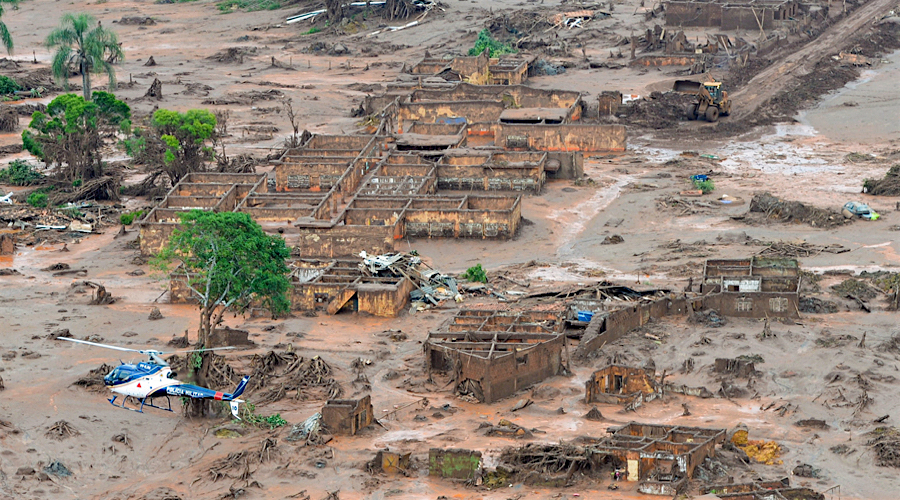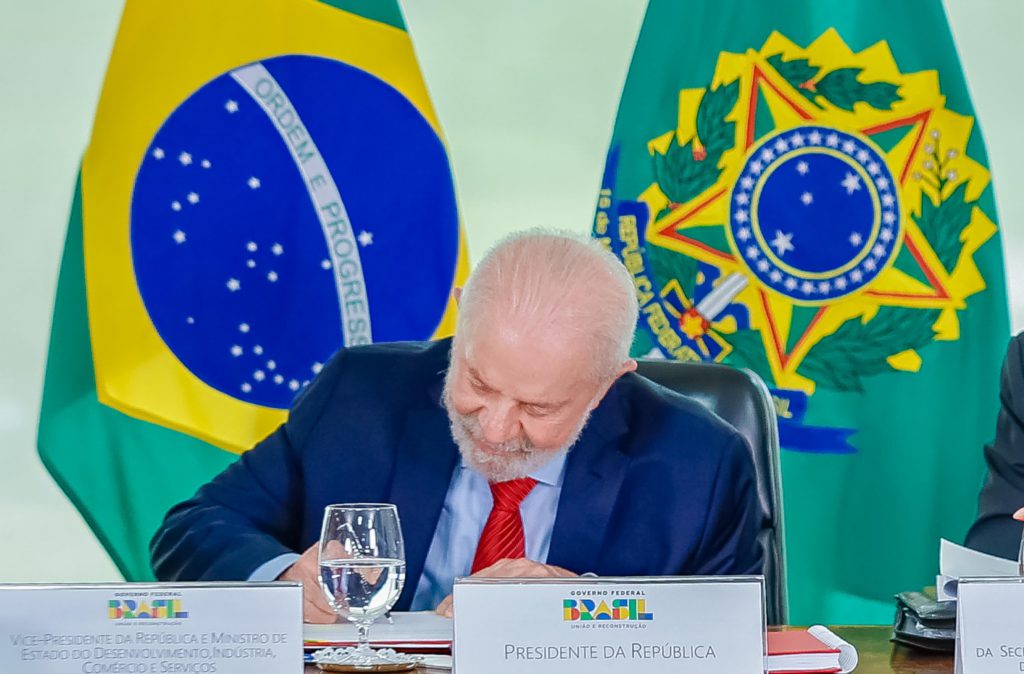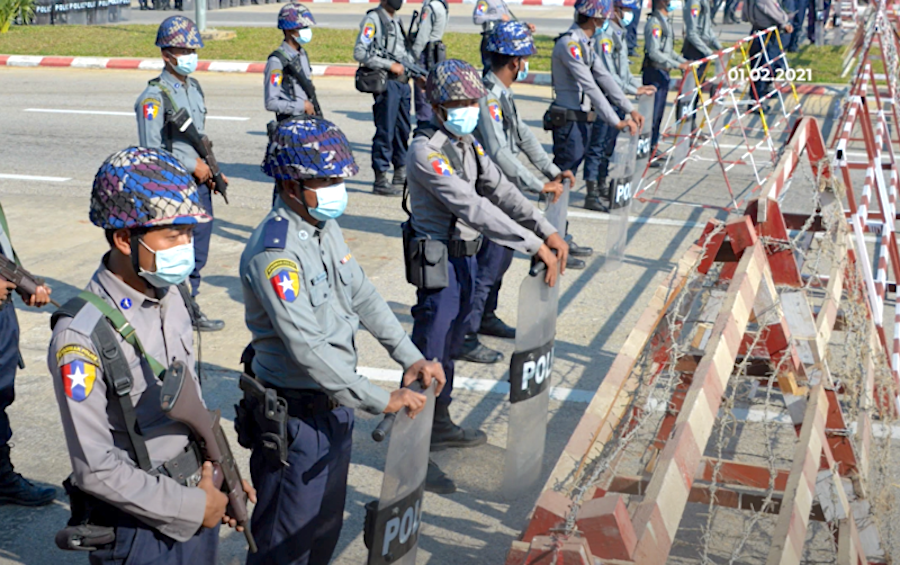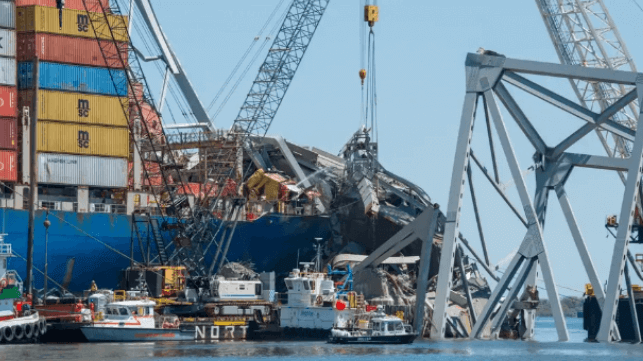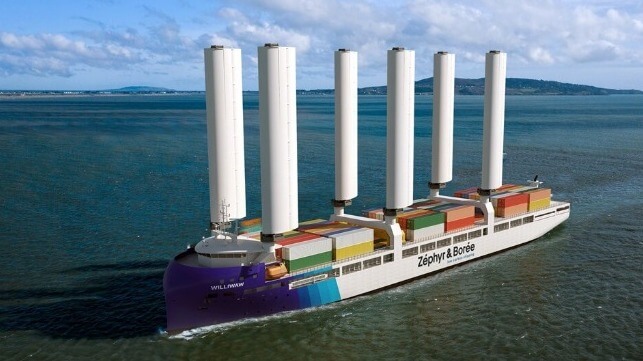Salvors live a dangerous life. While they're a unique breed, their deployment means danger made worse by twisted steel, pollution, and an unstable marine environment. A famous salvor once told me he always carries a rosary with him and prays often while on a job.
Case in point: the MV Dali allision and collapse of the Francis Scott Key Bridge in Baltimore, the focus of our annual Global Salvage Review article, "Specialization of Skills," written by Pat Zeitler. Pat is a certified commercial diver and knows whereof he speaks, so you won't want to miss this one.
Unions are much in the news these days, so we were delighted to sit down with M.E.B.A. President Adam Vokac for this edition's Executive Interview and Case Study. Vokac and his team are part of a new and forward-looking generation of leaders with a fresh vision and lots of energy. They're determined to stem the decline in seafarer numbers and make a maritime career more attractive and rewarding to new recruits. It's a big challenge, but they're more than up to it and have already made a name for themselves.
Our regular columnists are up to their usual tricks, offering a lively combination of wit and wisdom. Erik Kravets questions whether the E.U. is building too many LNG regasification terminals in View from the E.U. Allaen Brooks asks, “What are oil prices telling us?” in his Eye on Energy column, and Senior Editor Jack O'Connell says it's "High Tide" for the workboat industry in Upgrades & Downgrades. What more could you ask?
Jack also penned this edition's Executive Achievement, which features Jimmy Griffin and Dan McAlpin, co-owners of Cartagena, Columbia-based STIVIK Shipyard. It’s not the usual Q&A format but rather a "maritime adventure" as narrated by Grifin. Fascinating, really, and quite an adventure.
Our Ship Fuels series focuses on hydrogen this time, and master mariner Chad Fuhrmann does a fine job presenting the pros and cons of this much-hyped clean fuel. Tech guru and futurist Sean Holt delves into the secrets of cybersecurity in his brilliant “Ghosts in the Machine," and Sean Hogle goes all the way back to Greek mathematician Archimedes of Syracuse to unravel the mysteries of cranes and deck machinery in "Mechanical Advantage." A witty, and instructive, tour de force. Enjoy!
Not to be outdone, ports columnist Tom Peters says, "You can observe a lot by watching," quoting Yogi Berra. Tom's been watching the container trade lately, and he describes how ports and supply chains are adapting to the growing number of geopolitical challenges in his well-crafted article, "Shifting Cargoes." Don't miss it!
So that's it for now. Sit back and enjoy, and let us know what you think. The annual International Workboat Show is just around the corner in New Orleans, one of our favorite cities, and we're looking forward to it. See you there! - MarEx
Tony Munoz is the Publisher and Editor-in-Chief of The Maritime Executive
To read the latest edition of the magazine, go to The Maritime Executive September/October 2024 Global Salvage Review. To subscribe to the magazine, please go to https://www.maritime-executive.com/subscribe.
